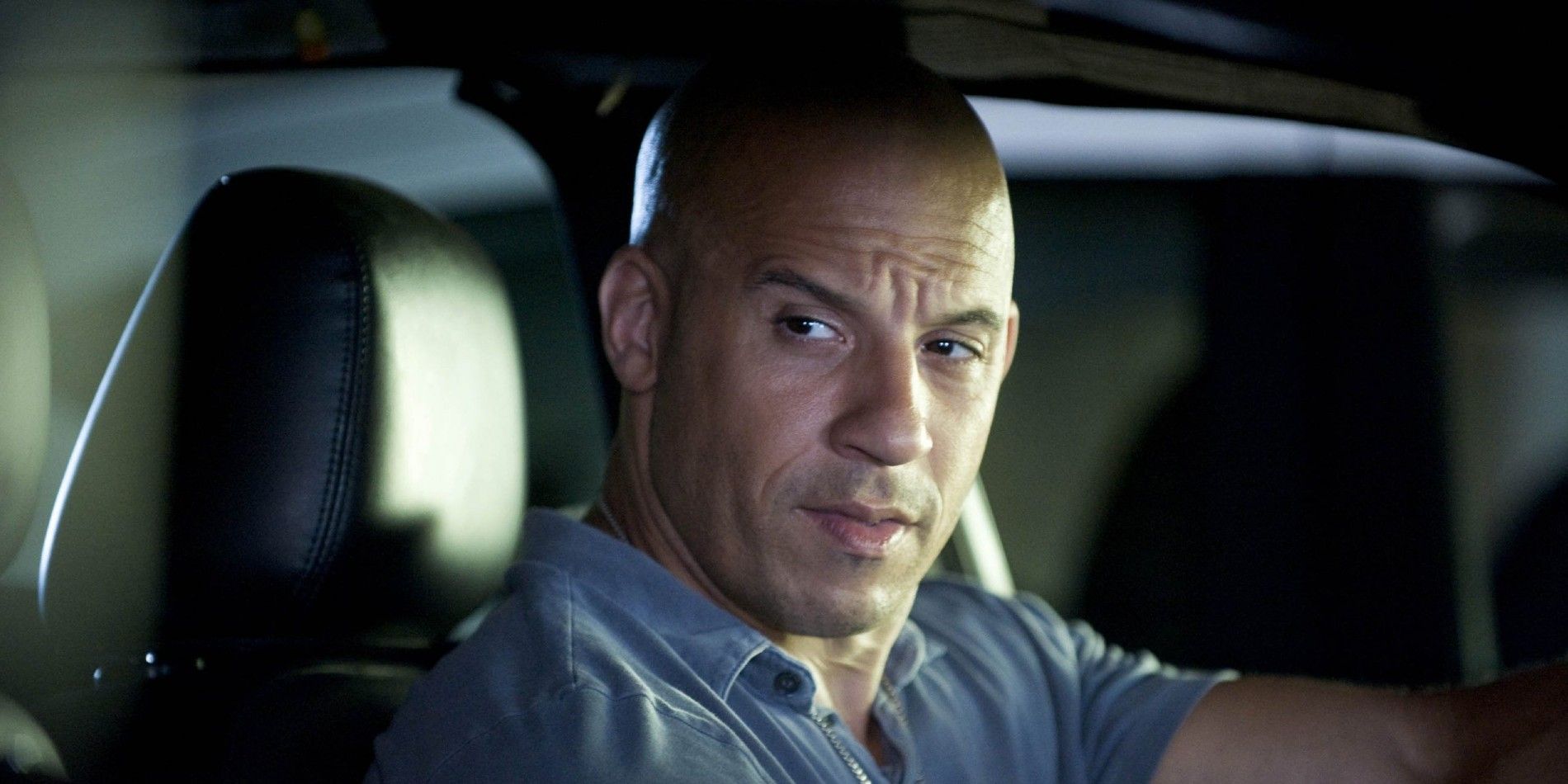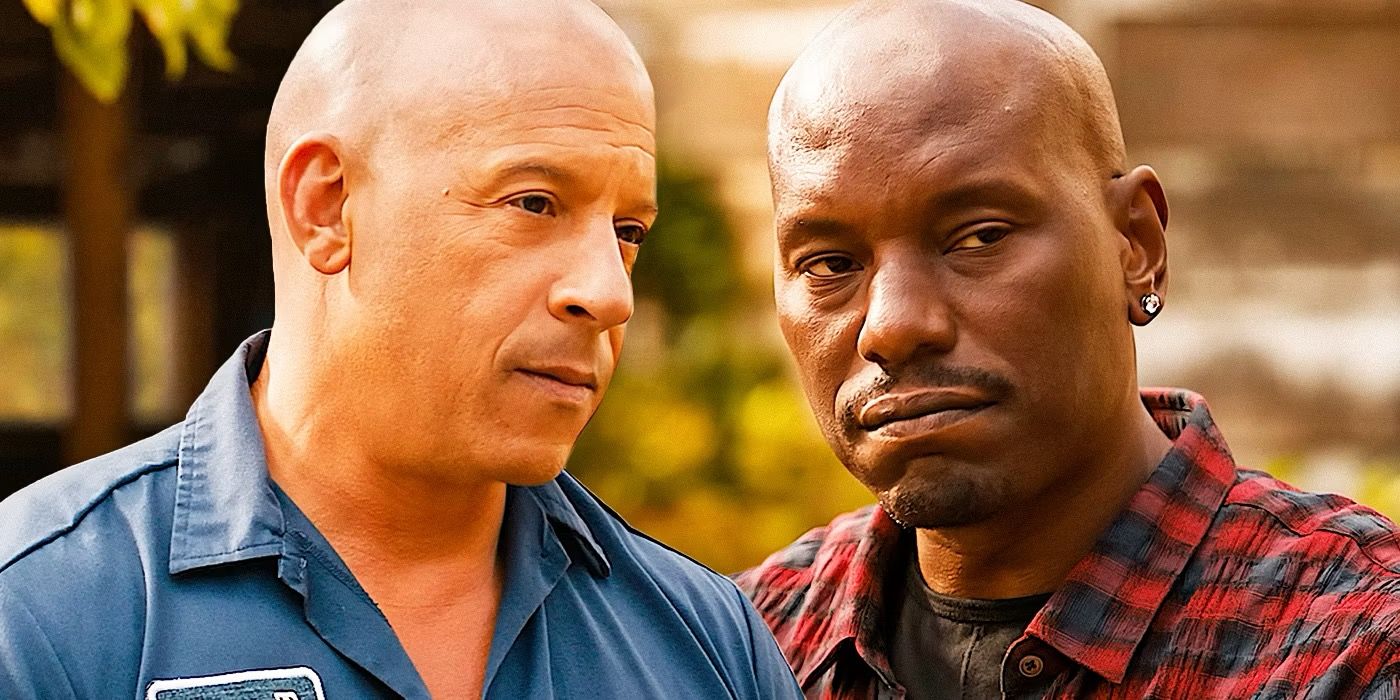The first four movies in the Fast & Furious franchise were entertaining enough actioners that amassed a huge fan base, but the series set a new benchmark with its fifth installment, Fast Five, by far the best of the bunch. Until Fast Five came along, The Fast Saga had been a series of driving movies about illegal street racers.
RELATED: Every Fast & Furious Movie, Ranked By Fastness & Furiousness
However, after Fast Five took a trip to Rio for a spectacular heist, the franchise opened up its storytelling to new settings and worlds. These are all the ways the Fast & Furious franchise changed for the better after the triumph of Fast Five.
Large-Scale Action To Rival The Avengers

Before Fast Five hit theaters, the Fast & Furious franchise was a series of run-of-the-mill mid-budget actioners. The driving sequences were certainly thrilling, but they were hardly a cut above the vehicular action seen in other similar movies.
After Fast Five added an epic scope to the action scenes with superhuman feats and over-the-top stunts, The Fast Saga turned into Universal’s very own superhero franchise.
Letting Go Of The Last Thread Of Realism

While the Fast Saga was never a grounded franchise by any means, the series has let go of even the most tenuous grasp of reality in the years since Fast Five’s arrival. Street fights are won by collapsing streets. There are human beings with the strength to redirect nuclear warheads.
Toretto and co. decided that the easiest way to infiltrate a traveling convoy was to skydive onto the road in their cars. In the next one, they’re all taking their cars to space.
Less Focus On Street Racing

Initially, The Fast and the Furious was a soft remake of Point Break that swapped out surfing for illegal street racing. The street racing element was entertaining at first, but after four movies, it started to feel repetitive.
Since Fast Five put street racing in the backseat as the crew planned a heist, the series has quietly dropped street racing. Moving away from the street racing aspect has opened up the series’ driving sequences to zanier possibilities.
Keeping Dwayne Johnson As A Series Regular

Possibly the biggest movie star in the world right now, franchise latecomer Dwayne Johnson has beef with some of his Fast & Furious co-stars for swooping in after Fast Five and stealing the spotlight (although Vin Diesel’s praise of Hobbs & Shaw hinted that this beef had been squashed).
RELATED: F9: 1 Way Each Fast & Furious Movie Is The Best In The Franchise
Whether he’s stepping on the rest of the cast’s toes or not, The Rock has undeniably improved the franchise. It’s always a delight when Luke Hobbs shows up in a Fast & Furious movie.
No One Is Really Dead

After the mid-credits scene of Fast Five hinted that Letty was still alive, the Fast Saga has settled into the comic book tradition of eventually resurrecting every supposedly “dead” character. Now, they’re bringing back Han.
It takes away from the impact of the death scenes, but that’s a small price to pay to bring actors like Michelle Rodriguez and Sung Kang back into the ensemble.
Turning Dom Toretto’s Crew Into Mercenaries

In the early movies, Dom Toretto and his crew were mechanics who fixed up cars in a body shop, but it became increasingly difficult to explain how mechanics got swept up in car chases and shootouts.
After Fast Five, the characters were turned into mercenaries who do the government’s dirty work on the down-low. There are a lot more opportunities for action with a band of mercenaries than a team of mechanics.
Exploring New Genres

The Fast & Furious franchise has been exploring new genres since Fast Five followed the structure of a heist movie and culminated in a stolen vault being dragged through the streets of Rio de Janeiro.
They’re all action movies, but many of the series’ installments explore different genre frameworks. The Fate of the Furious is a techno-thriller crossed with a spy movie. Hobbs & Shawdevelops kind of a buddy cop dynamic between its mismatched title characters. And F9 is going full sci-fi with a trip to outer space.
Globetrotting Adventures

Although Tokyo Drift was set in Japan without Dom or Brian, the majority of the early Fast & Furious movies took place in familiar locations on U.S. soil.
RELATED: Fast & Furious: 5 Ways The Franchise Is Great (& 5 Flaws)
After Fast Five took the vehicular anarchy to Rio de Janeiro, the Fast Saga started using its massive budgets to transport audiences to more and more eye-popping hotspots around the world, like Abu Dhabi, London, Havana, and Berlin. This globetrotting element is reminiscent of the James Bond franchise.
A-List Guest Stars

When Dwayne Johnson’s role in Fast Five led to recurring appearances in the franchise, he set a precedent for A-listers to board the Fast & Furious franchise in as large a role as their busy schedule could accommodate. From Kevin Hart to Ryan Reynolds to Cliff Curtis, Hobbs & Shaw has more cameoing celebrities than car chases.
Charlize Theron, Kurt Russell, and Helen Mirren have all shown up in Fast & Furious movies, and the producers are even in talks with Keanu Reeves.
The Series Became An Exercise In One-Upmanship

Ever since Fast Five turned the Fast & Furious franchise from a series of regular action movies into a series of the biggest, boldest, most bombastic action movies ever made, the Fast Saga has been an exercise in one-upmanship. Each movie offers a set piece that blows the biggest set piece from the previous movie out of the water.
The Rio heist in Fast Five was topped by the 18-mile runway in Fast & Furious 6, which was topped by the skydiving cars in Furious 7, which was topped by the nuclear submarine chase in The Fate of the Furious, which will undoubtedly be topped by the crew’s trip to space in F9.
NEXT: Every Fast And Furious Movie, Ranked By How Realistic They Are


 Entertainment10 months ago
Entertainment10 months ago
 Entertainment10 months ago
Entertainment10 months ago
 Uncategorized10 months ago
Uncategorized10 months ago
 Entertainment10 months ago
Entertainment10 months ago
 Uncategorized10 months ago
Uncategorized10 months ago
 Uncategorized10 months ago
Uncategorized10 months ago
 Entertainment10 months ago
Entertainment10 months ago
 Entertainment10 months ago
Entertainment10 months ago












 Fast and Furious 11 Fast and Furious 11 is the final movie in the Fast Saga. It reunites Vin Diesel’s Dominic Toretto with the rest of the cast for one last ride. However, the franchise is open for spinoff films like Hobbs & Shaw afterward.Director Louis Leterrier Release Date April 4, 2025 Distributor(s) Universal Pictures Writers Christina Hodson , Oren Uziel
Fast and Furious 11 Fast and Furious 11 is the final movie in the Fast Saga. It reunites Vin Diesel’s Dominic Toretto with the rest of the cast for one last ride. However, the franchise is open for spinoff films like Hobbs & Shaw afterward.Director Louis Leterrier Release Date April 4, 2025 Distributor(s) Universal Pictures Writers Christina Hodson , Oren Uziel 




 Related Predicting The Ending Of All 13 Fast & Furious Characters In Fast 11 The Fast Saga is set to conclude with Fast & Furious 11 – or Fast X 2 – but how will Dom Toretto and his family’s stories come to a definitive end?
Related Predicting The Ending Of All 13 Fast & Furious Characters In Fast 11 The Fast Saga is set to conclude with Fast & Furious 11 – or Fast X 2 – but how will Dom Toretto and his family’s stories come to a definitive end?  Custom image by Debanjana Chowdhury
Custom image by Debanjana Chowdhury 


